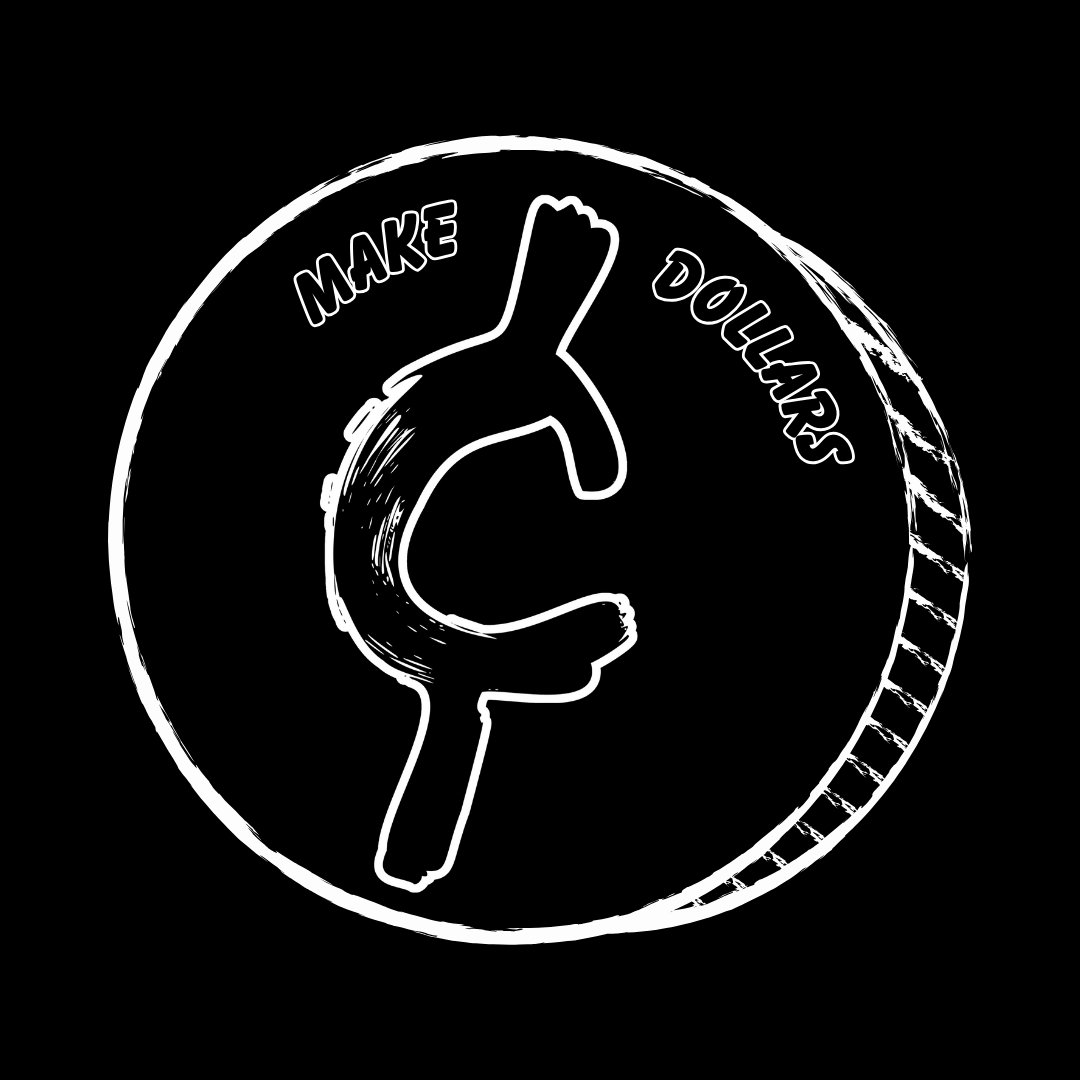How to Build a Precious Metals Stack for Long-Term Security
In uncertain times, more and more people are turning to precious metals stacking — accumulating silver, gold, and sometimes platinum as a form of long-term wealth protection. Whether you’re preparing for economic downturns, inflation, or simply looking to diversify your savings, a well-planned precious metals stack can offer both security and satisfaction.
Let’s walk through how to start stacking smart, stay organized, and avoid common mistakes.
1. What Is “Stacking”?
Stacking is the act of accumulating physical precious metals over time — usually silver and gold — as a store of value outside the banking system.
Unlike coin collecting, stacking focuses less on numismatic rarity and more on metal content and intrinsic value.
A collector might care about mintmarks and varieties; a stacker cares about ounces.
2. Start with Silver Before Gold
Most stackers begin with silver because it’s affordable, easy to trade, and available in many forms. A one-ounce silver round typically costs just a small premium over spot price, making it accessible for beginners.
Once your silver foundation is established, you can diversify into gold for long-term storage of higher value in smaller space.
3. Know the Forms of Bullion
You can stack metals in several forms, each with pros and cons:
Government Coins: Like American Silver Eagles or Canadian Maple Leafs. High trust, easy to sell, slightly higher premiums.
Private Mint Rounds: Lower cost per ounce, excellent for volume stacking.
Bars: Come in many sizes (1 oz to 100 oz). Best price per ounce, but require careful storage.
Junk Silver: Pre-1965 U.S. coins (90% silver) are great for fractional silver stacking and barter potential.
Many stackers mix these for flexibility.
4. Track Spot Prices and Premiums
The spot price is the live market value per ounce of metal.
Dealers add a premium to cover minting and profit — this varies by product and demand.
👉 Example: If silver spot is $28 and a 1-oz Eagle costs $35, your premium is $7 (25%).
Over time, minimizing premiums helps you acquire more ounces for your money.
5. Store Securely
Once you’ve built a stack, secure storage is critical.
Options include:
Home safe: For accessibility, but keep it hidden and bolted down.
Bank safe-deposit box: More security, but limited access.
Private vault services: Professional storage with insurance.
Always insure your metals if their value grows substantially.
6. Document and Diversify
Keep detailed records of:
Purchase dates and prices
Weight and type of each piece
Where they’re stored
Diversify across silver and gold, and consider holding a mix of bullion and junk silver for liquidity.
7. Have an Exit Strategy
Stacking isn’t only about buying — it’s also about knowing when and how to sell.
Plan for:
Price goals: When metals hit a certain value, decide whether to sell or trade.
Trusted buyers: Reputable dealers, local coin shops, or online platforms.
Taxes: Remember, profits on bullion sales are taxable as capital gains.
Final Thoughts
Building a precious metals stack is a long-term commitment, not a get-rich-quick plan. Focus on steady accumulation, security, and smart diversification.
Every ounce adds to your peace of mind — and your financial resilience.
For stack tracking tools and coin reference data, visit CoinCollectingTools.com.
